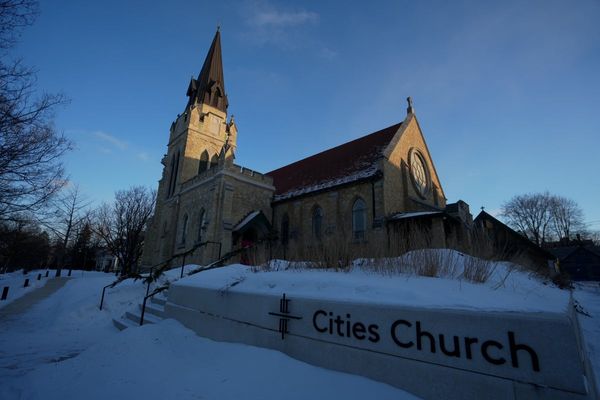When tremors hit Delhi and surrounding areas following the 6.4 magnitude earthquake on November 3 and the 5.6 magnitude aftershock on November 6 in Nepal, the government and private early alert systems did not reach many of the people who could feel palpable tremors.
The National Disaster Management Authority (NDMA)’s Cell Broadcast Alert System (CBAS) has been tested in recent weeks to send out mass alerts when natural disasters strike, but it did not do so. Meanwhile, Google did not send out alerts in the national capital, even though tremors were felt in both instances here.
“The Android Earthquake Early Warning system supplements the government’s efforts on earthquake alerts and aims to provide people with advance notice that can help them stay safe,” a Google spokesperson said in response to queries from The Hindu, referring to the company’s alert system for Android users in India, who account for the bulk of smartphone owners in the country.
The spokesperson said earthquake alerts did go out immediately in many areas around the India-Nepal border, where the shaking was strongest, pointing to screenshots posted online by social media users in this region. The company says it warns users only if the shaking in their area can expect to cross a value of 3.5 on the Modified Mercalli Intensity (MMI) Scale, a measurement of shaking during earthquakes that serves as an alternative to the Richter scale.
At an MMI value of 3 (“weak” shaking), the United States Geological Service’s description of the scale says that tremors are felt “quite noticeably by persons indoors, especially on upper floors of buildings,” and at 4 (“light” shaking), the tremors are felt “indoors by many, outdoors by a few”.
The tremors in both cases, in New Delhi, appear to have been in the lower end of these two MMI values, meaning Google did not send alerts to everyone who felt shaking, as the intensity did not seem as risky in places like Delhi.
As for the CBAS, which is the alert system that works through telecom operators, no alerts went out anywhere in North India, even in places near the Nepal border where shaking was intense. The National Disaster Management Authority (NDMA) did not respond to queries on why the system didn’t alert residents in areas where tremors were felt.
Sample alerts have been tested by the NDMA in partnership with telcos and the Department of Telecommunications over the last few months, with many users reporting that they received sample broadcasting messages for emergencies.
“Common applications of Cell Broadcast include delivering emergency alerts such as severe weather warnings (eg, Tsunamis, Flash Floods, Earthquakes), public safety messages, evacuation notices, and other critical information,” the Union government said in a press release about these sample messages in September.
Even for users who sought official information while the tremors were under way, the nation’s top-most authority stuttered online — the seismo.gov.in website operated by the Ministry of Earth Sciences’s National Centre for Seismology crashed moments after the tremors, with the website likely unable to handle the sudden surge in traffic, at a time when information on the tremors was needed the most. This has happened on at least one other occasion in the past.
While the quake and the aftershock didn’t lead to significant damage in India, early alerts are critical when information about the intensity of a quake is yet to be established solidly. “Although people who are near the epicenter [of an earthquake] will have little, if any advance warning, those farther away may have critical seconds to brace for shaking” when early alerts are sent, according to a page on the California Institute of Technology’s Caltech Science Exchange portal.
“Paired with automated responses that can slow trains or shut off gas lines, early warning systems may help prevent some of the injuries and damage typically associated with major quakes.”







